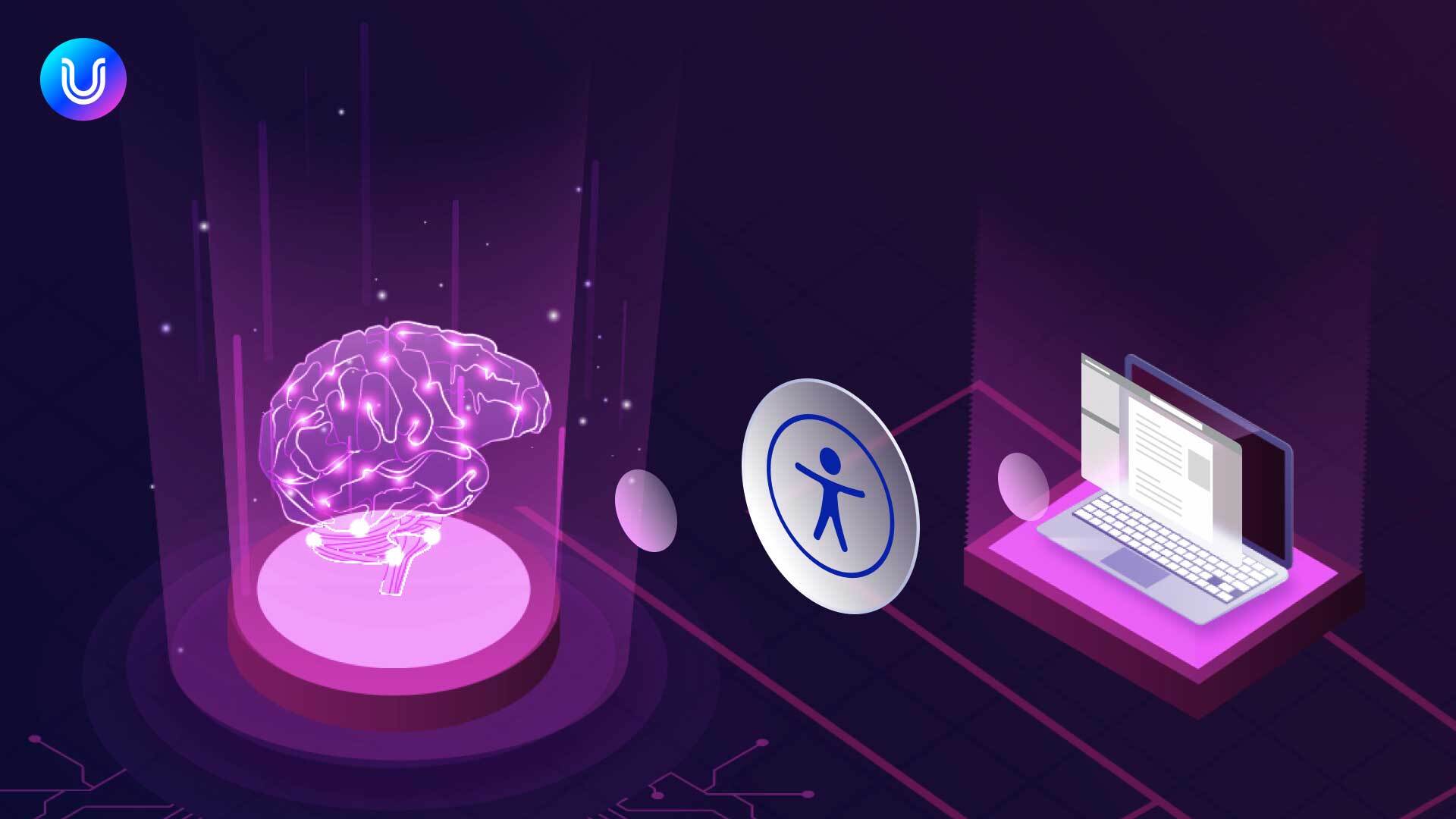Empathy in the Digital Age: How AI Creates an Inclusive User Experience

Artificial intelligence (AI) has emerged as a powerful, standout tool in an era dominated by technological advancements. One of its most promising and transformative qualities is promoting empathy and understanding diverse user experiences, particularly in digital accessibility. As the digital landscape quickly evolves, ensuring that technology is inclusive and caters to the needs of all people is more essential than ever. This blog explores how AI can promote empathy through an inclusive user experience for everyone.
We start by looking at AI and its unique role in supporting diversity.
AI and Diversity: Understanding Different User Experiences
Digital accessibility encompasses many considerations, from web and mobile applications to smart devices. It’s crucial to acknowledge the diversity of user experiences as people interact with technology uniquely based on their abilities, preferences, and limitations. Users with visual, auditory, motor, or cognitive disabilities face unique challenges that can block their access to information and participation in digital environments.
Artificial intelligence can make for a more equitable and efficient user experience in the following areas:
-
AI-powered Solutions for Visual Impairments
AI enables applications to describe visual content to users through computer vision and image recognition technologies through text-to-speech functionalities. For instance, screen readers powered by AI algorithms can interpret images and provide detailed descriptions, making visual content accessible to those who are blind or visually impaired.
-
Natural Language Processing for Cognitive Accessibility
AI’s natural language processing (NLP) capabilities enhance cognitive accessibility by improving communication and comprehension. End users with mental disabilities may struggle with complex language structures or information overload. AI-driven language models can simplify content, breaking it into more digestible formats. Chatbots and virtual assistants equipped with NLP can also engage users in natural conversations, offering support and information for their needs.
-
Empathetic User Interfaces
AI algorithms can personalize the digital experience by analyzing user behavior, ensuring that interfaces cater to individuals. For instance, AI can adjust font sizes, color contrasts, and navigation options based on user feedback and patterns, creating a more inclusive and user-friendly environment for everyone.
-
Speech Recognition for Motor Disabilities
Those with motor disabilities often face challenges using a traditional keyboard and mouse. AI-powered speech recognition technology lets users control devices and applications through voice commands. This empowers people with motor disabilities to navigate the digital world independently through accessible communication.
-
AI for Real-time Translation and Multilingual Accessibility
In our interconnected world, language barriers can significantly hinder digital accessibility. AI-driven translation tools break down these barriers, providing real-time translation services. This is particularly beneficial for users who speak languages not widely supported in digital content or applications.
AI and UX Design: Challenges and Ethical Considerations
While AI holds immense potential for promoting empathy and improving digital accessibility, addressing challenges and ethical considerations is essential. Biases in AI algorithms can inadvertently discriminate. So, rigorous testing and continuous refinement are critical to ensure fair and unbiased outcomes. Additionally, privacy concerns must be carefully managed to protect user data, especially in applications that involve sensitive personal information.
All of this said collaboration and co-creation are key building blocks for integrating digital accessibility. Stakeholders from various backgrounds, including disabled people, developers, designers, and ethicists, should collaborate to co-create solutions. Involving end-users in the design and testing phases ensures that AI applications genuinely address your target audience’s specific needs and preferences.
The AI User Experience Can Be The Same for Everyone
In conclusion, AI emerges as a powerful force for promoting empathy and understanding diverse user experiences in the context of digital accessibility. From addressing visual impairments and cognitive challenges to facilitating multilingual accessibility, AI-driven solutions can transform the digital landscape into a more inclusive and empathetic space.
However, it is crucial to approach the development and deployment of AI with a commitment to fairness, transparency, and collaboration. By doing so, we can unlock the true potential of AI as a catalyst for positive change, ensuring that technology serves the needs of all users, regardless of their abilities or backgrounds. From accommodating specific mental and physical disabilities to breaking down language barriers, AI can support and expand the availability of empathetic user experiences for everyone.
UserWay: AI-Powered Diversity to the Core
UserWay was born to support digital accessibility and regulatory compliance for organizations of every size, model, and sector. The AI-Powered Accessibility Widget, commission-based partnerships, enterprise solutions, and attorney-led legal support round off UserWay’s complete framework of solutions. Digital inclusion is a driving force behind providing an accessible user experience for people of all abilities. Rely on UserWay to help your organization achieve this essential goal.
Commit to accessibility today.
Answers to Common FAQs
What Are The Challenges of AI in UX?
One of the biggest challenges is ensuring that empathy and ethics are at the core of AI-powered systems. If developers aren’t mindful of these possibilities, AI tends to convey offensive stereotypes and biases.
Can AI Have Empathy?
Some experts agree that AI can recognize and respond to people in a more human way based on the data that trains it. This ability is a big step towards digital empathy.
How Does AI Impact UX Design?
AI empowers developers to personalize the UX experience for people of different abilities. It uses algorithms to analyze multi-source behavioral, demographic, and preference-driven data catering to individual needs.


Share